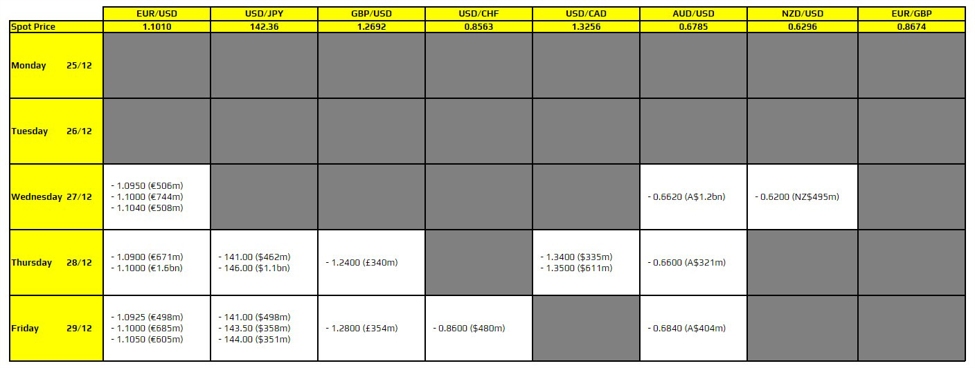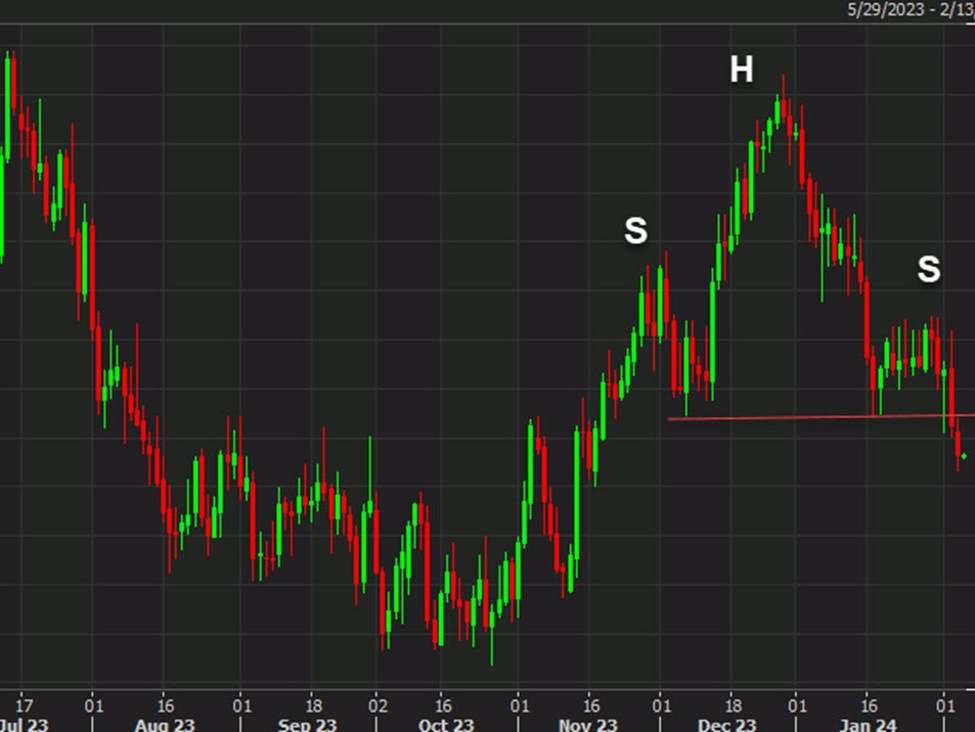How to Read a Company’s Balance Sheet: The Basics (with Examples and Market Context)
The balance sheet is one of the core financial statements every investor must understand. It offers a snapshot of a company’s financial health at a given point in time and is essential for evaluating a company’s stability, liquidity, and overall structure. However, reading a balance sheet is only the first step—interpreting it correctly depends heavily on the phase of the broader market cycle.
What Is a Balance Sheet?
Learn the Balance Sheet of a Company
A balance sheet follows the fundamental equation:
Assets = Liabilities + Shareholders’ Equity
This means that everything a company owns (assets) is financed either by borrowing (liabilities) or by money invested by shareholders (equity). It is a statement of a firm’s financial position at a specific point in time, unlike the income statement which covers a period of time. Investors use it to determine a company’s net worth, leverage, and liquidity.
1. Assets
Assets are what the company owns and expects to provide future economic benefit. They are typically divided into:
a) Current Assets (convertible to cash within a year)
-
Cash and Cash Equivalents: Indicates liquidity and ability to cover short-term liabilities. Includes bank balances, T-bills, and money market instruments.
-
Accounts Receivable (A/R): Money owed by customers. High A/R may suggest strong sales or inefficient collections.
-
Inventory: Goods for sale. An increasing inventory might indicate expansion but also carries the risk of obsolescence.
-
Prepaid Expenses: Payments made in advance for goods or services.
b) Non-Current Assets (long-term)
-
Property, Plant, and Equipment (PP&E): Physical assets such as buildings, factories, and machinery. Important for capital-intensive industries.
-
Intangible Assets: Includes goodwill, patents, copyrights, brand recognition.
-
Long-Term Investments: Investments held for more than one year in stocks, bonds, or real estate.
-
Deferred Tax Assets: Tax benefits to be realized in the future.
Example:
A pharmaceutical company may carry significant intangible assets (patents, R&D capitalization), whereas a logistics company like UPS has extensive PP&E and vehicle fleets.
2. Liabilities
Liabilities represent the obligations or debts the company owes to outside parties.
a) Current Liabilities (due within a year)
-
Accounts Payable (A/P): Unpaid bills to suppliers.
-
Short-Term Borrowings: Includes revolving credit lines, short-term loans.
-
Accrued Liabilities: Expenses incurred but not yet paid, like wages and taxes.
-
Deferred Revenue: Money received for goods/services not yet delivered. Common in subscription-based businesses.
b) Non-Current Liabilities
-
Long-Term Debt: Loans and bonds with maturity beyond one year.
-
Lease Obligations: With the introduction of IFRS 16/ASC 842, leases now appear on the balance sheet.
-
Pension Liabilities: Future obligations to employees.
-
Deferred Tax Liabilities: Future taxes owed due to timing differences.
Example:
Telecom companies may carry long-term debt and lease liabilities related to infrastructure. Conversely, SaaS companies may have minimal debt but high deferred revenue.
3. Shareholders’ Equity
Equity reflects the residual interest in the company after liabilities are deducted.
-
Common Stock: The par value of shares issued.
-
Additional Paid-In Capital (APIC): Amount paid by investors above par value.
-
Retained Earnings: Profits reinvested rather than paid as dividends.
-
Treasury Stock: Shares repurchased by the company.
-
Accumulated Other Comprehensive Income (AOCI): Items not included in net income (e.g., unrealized gains/losses).
Example:
A growth-stage startup may show minimal retained earnings and high APIC from recent capital raises. A mature dividend-paying firm may show large retained earnings and accumulated profits.
Beyond the Basics: Additional Aspects to Consider
🔹 Working Capital
Working Capital = Current Assets – Current Liabilities
Indicates whether a firm can meet short-term obligations. Negative working capital can be a red flag, but in retail (e.g., Amazon), negative working capital can signal operational efficiency due to faster turnover.
🔹 Capital Structure Analysis
Evaluate the mix of debt and equity:
-
High leverage can amplify returns in good times but increases risk in downturns.
-
Capital-light firms (e.g., Google) favor equity financing and avoid heavy debt.
🔹 Asset Turnover Ratios
-
How efficiently a company uses its assets to generate revenue.
-
Total Asset Turnover = Revenue / Total Assets
-
Low asset turnover may suggest inefficiency or capital intensity.
🔹 Book Value vs. Market Value
-
Book value = Shareholders’ equity.
-
Market value = Share price x Shares outstanding.
A large gap may indicate undervaluation or overvaluation depending on sector norms.
Market Phase Interpretation
While reading a balance sheet is technical, interpreting it wisely depends on the market cycle:
📈 Bull Market Focus
In bullish conditions, investors prioritize growth and market share. Here, interpretation centers on:
-
Revenue Growth and Receivables Expansion: Are customers buying more?
-
Inventory Increases: Signal expansion in anticipation of demand.
-
Shareholder Equity Growth: From reinvested profits.
-
Market Share Indicators: Growing A/R or inventory may be seen as positive.
Example:
A rapidly growing SaaS company with a rise in accounts receivable and deferred revenue might get high valuations even if profitability is modest.
📉 Bear Market or Recession Focus
In down markets, the focus shifts to defense, efficiency, and survival:
-
Liquidity Ratios: Cash-to-debt becomes critical.
-
Debt Reduction: Companies with lower long-term debt are favored.
-
Operational Efficiency: Low inventory and tight A/R collection.
-
Retained Earnings Trends: Declining retained earnings may raise red flags.
Example:
A consumer goods company with high inventory and high debt might face downward pressure during a recession, especially if sales slow.
✨ Transition Periods: Early Recovery or Peak Expansion
-
Investors look for improving liquidity, stabilized debt, and signs of reinvestment.
-
Positive trends in retained earnings, capex, and declining short-term liabilities matter.
Red Flags and Ratios to Watch
-
Current Ratio = Current Assets / Current Liabilities
-
Quick Ratio = (Current Assets – Inventory) / Current Liabilities
-
Debt-to-Equity Ratio = Total Liabilities / Shareholders’ Equity
-
Return on Equity (ROE) = Net Income / Shareholders’ Equity
-
Interest Coverage Ratio = EBIT / Interest Expense
Red Flag Examples:
-
Declining cash and increasing short-term debt.
-
Inventory growing faster than sales (may signal overproduction).
-
Negative retained earnings over time.
-
Large goodwill or intangibles post-acquisition that may require impairment.
Case Study: Comparing Two Firms
Company A (Growth Phase, Bull Market)
-
Cash: $200M
-
A/R: $800M
-
Inventory: $1.2B
-
Long-Term Debt: $500M
-
Retained Earnings: $900M
-
Current Ratio: 2.5
-
Debt-to-Equity: 0.5
This shows a healthy growth company with strong liquidity and reinvested profits. A rising A/R and inventory reflect demand expectations.
Company B (Recession Mode)
-
Cash: $120M
-
A/R: $100M
-
Inventory: $250M
-
Long-Term Debt: $1.5B
-
Retained Earnings: $400M
-
Current Ratio: 0.8
-
Debt-to-Equity: 1.8
Here, leverage is high and liquidity low. In a down market, this balance sheet might concern investors. Focus would shift toward debt servicing and cost control.
Pro Tips for Reading Real Balance Sheets
-
Compare across multiple quarters to identify trends.
-
Benchmark against industry peers for context.
-
Look for seasonal effects (e.g., inventory builds before holidays).
-
Watch for non-recurring items that may distort ratios.
-
Review footnotes for lease obligations, pension assumptions, and contingent liabilities.
Reading the Balance Sheet
Reading a balance sheet is a fundamental skill, but market context brings it to life. In bull markets, investors forgive inefficiencies in favor of growth. In bear markets, balance sheets become survival reports. Ratios like debt-to-equity, current ratio, and ROE take on different significance depending on sentiment and macro trends.
Balance sheet literacy isn’t just about numbers — it’s about seeing what the numbers reveal depending on the winds of the market. The art of interpretation is what separates passive reading from active investing.
Stay tuned for more practical guides aimed at educating you to become a better investor at ForexLive.com, evolving later year to investingLive.com
ForexLive.com
is evolving into
investingLive.com, a new destination for intelligent market updates and smarter
decision-making for investors and traders alike.














